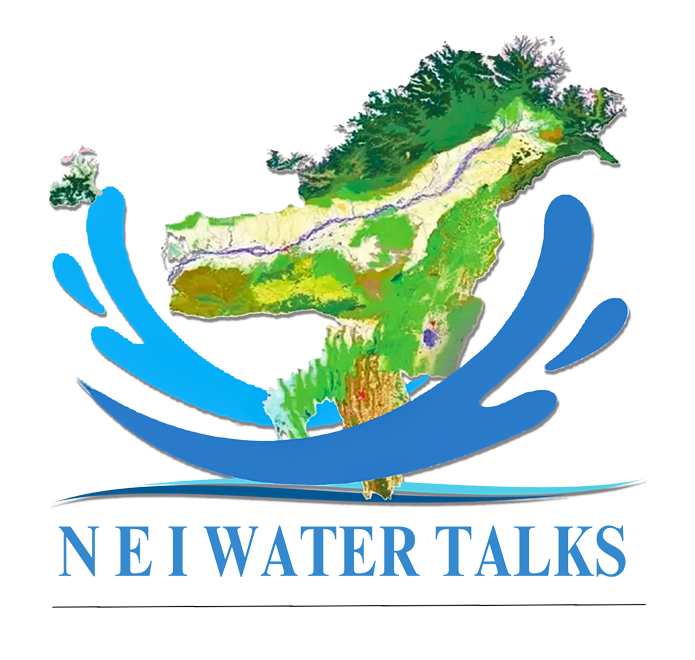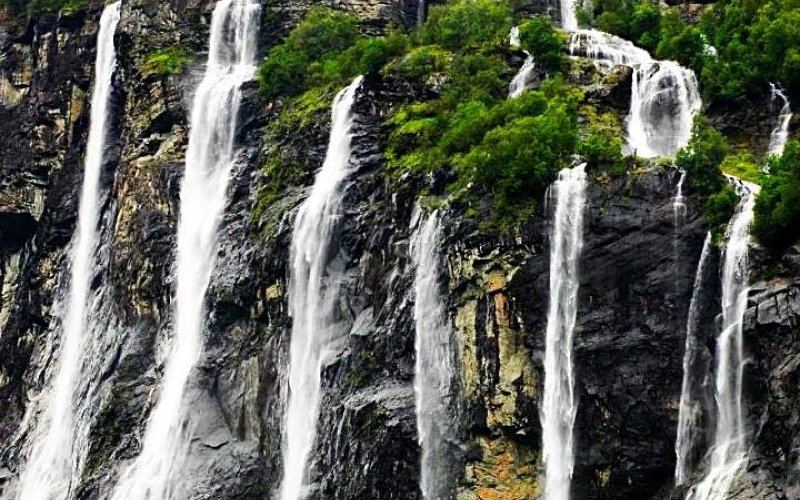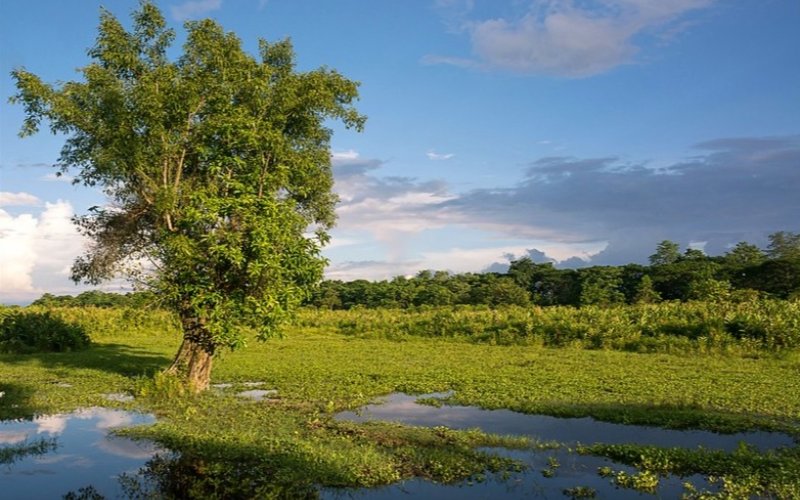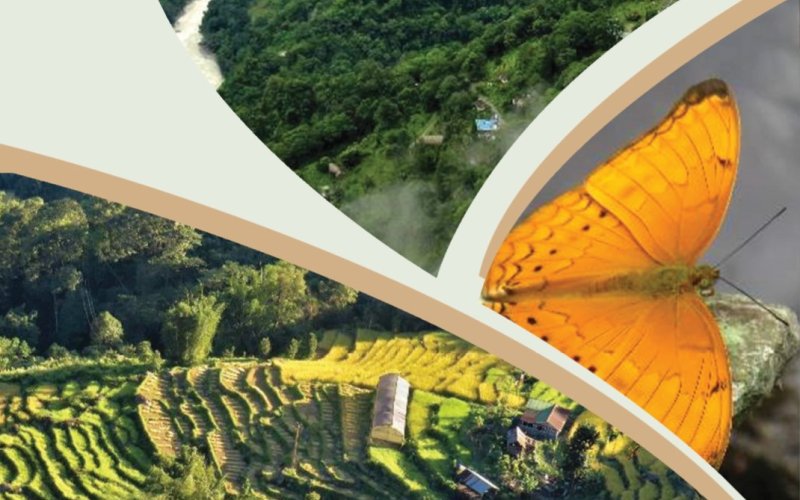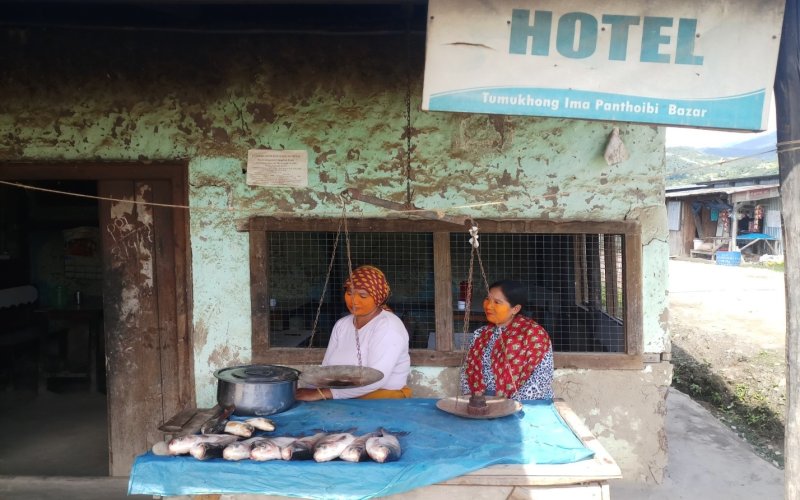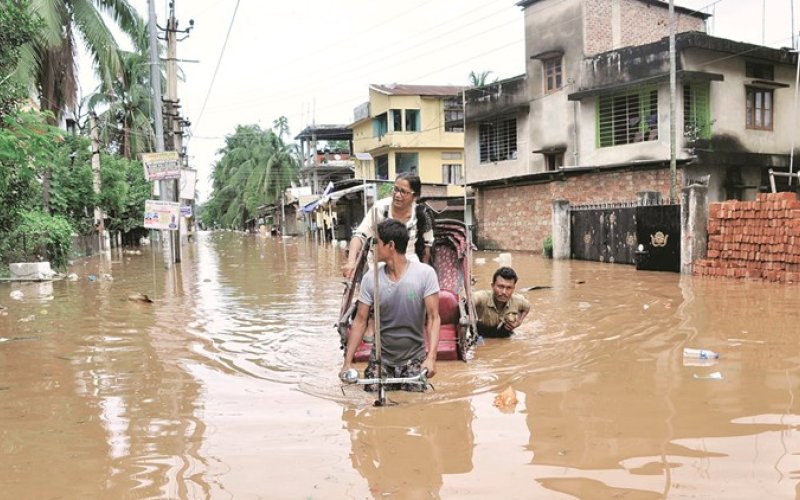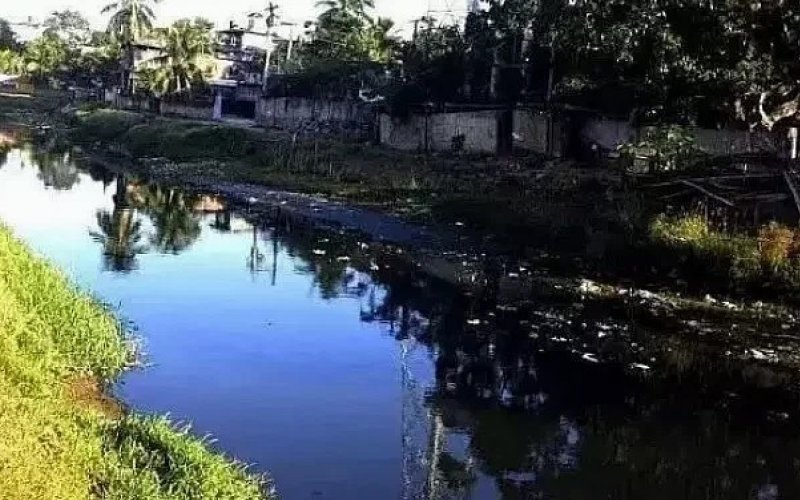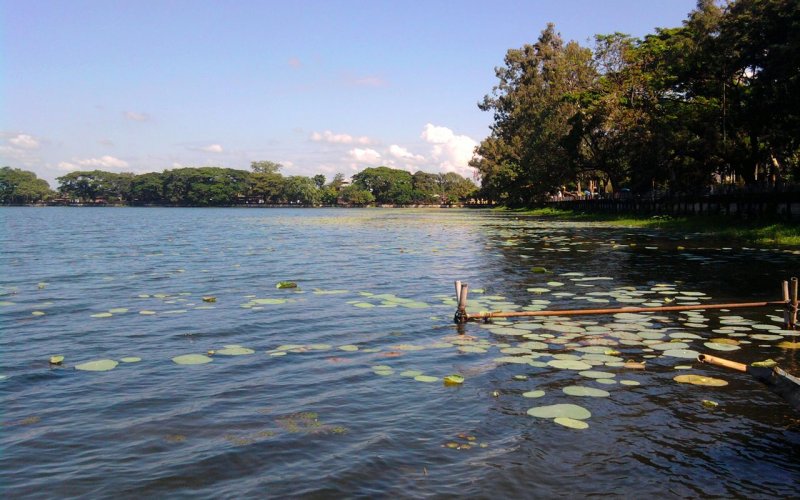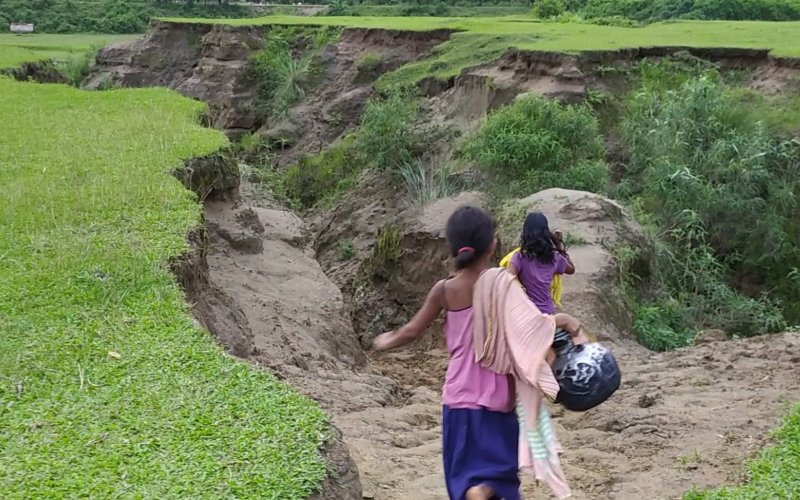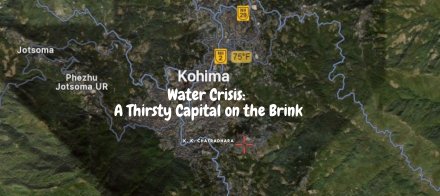Palden Lepcha documented this story of Lepchas belief on Kunghyun; Seven Sister waterfall. Traces of the folk lores and myth are still found in the place in the same way and people around the place still believe that the soul and the body of the old lady from the basket got turned into evil spirits.
Assam is replete with popular folk stories associated with Jalkonwar and Jalkonwari (water God and Goddess). Some of the water bodies – wetlands, beels, and large tanks – are revered as abodes of guardian spirit. The legend of Merbeel is, perhaps, the most favourite and widely known among others.
Sonam Wangchuk Lepcha says, "Water is crucial not just for humans but for other species too." He is very conscious about The importance of river ecosystem for butterfly species. The man-made disaster not just destroys the feeding place but also their very ecosystem where these butterflies metamorphose.
Chadong is at the upstream, while the Tumukhong is located in the immediate downstream that faced numerous challenges. The twin stories bring to fore a telling account of what happened to the two villages, which were connected by the river and its shared resources but now separated by the dam.
This is a brief recollection of personal experiences of people who came to live in the bustling metropolis! It seems everyone has a water story, writes Arup Jyoti Das, a story of bitter struggle, silent sufferings, of anxiety, and of helplessness of people as they try to secure water for the household.
This is the story of the indigenous Tiprasa communities living in the hilly uplands of Tripura, where water insecurity has been exacerbated by extractive corporations searching for natural resources or extracting hydrocarbons. water is the most valuable and significant to the hill tribes in Tripura.
Bashistha and Bahini-Bharalu are two significant river basins of southern bank of the river Brahmaputra which constitute a part of Kamrup and Kamrup Metro districts of Assam and Ri Bhoi district of Meghalaya. The length of Bashistha River is 33.12km, while the length of Bahini-Bharalu River is 30.02 km.
Water security – ensuring easy access to water, effective use and management of water bodies – received the highest attention during the Ahom period. Recognising the importance of water, the Ahom kings encouraged people to settle near the rivers and adopted a riverine lifestyle.
A newly married woman on the day of her arrival in the village, who was shocked to learn that there was no water in the house for the bride and her visiting family members to wash up and get refreshed. That triggered jokes around the village that no girl would like to marry a man from this area because of the water crisis.
